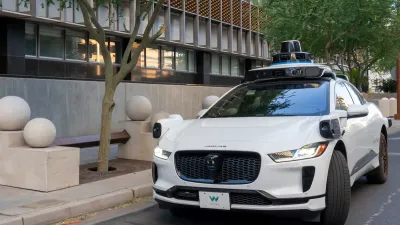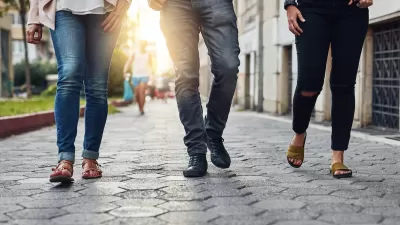A recent report casts light on a lack of preparation by cities for the future of transportation.
Brooks Rainwater shares insights into a National League of Cities report titled City of the Future: Mobility & Technology, which "examines current transportation trends to forecast future developments in the urban environment."
Rainwater and the Tech Insider team "delved into the transportation plans from the 50 largest cities as well as the largest cities in each state" and found "a widening gap between where technology is rapidly taking us and where cities are planning to go."
For example, the report found "[o]nly 6% of cities’ transportation plans consider the potential effect of driverless technology," and "[j]ust 3% of these plans look at companies like Uber and Lyft — even though they operate in 60 of the 68 markets."
Rainwater responds by presenting four key ideas for cities to consider as they catch up to the rapidly approaching mobility technologies of the future.
- Demographic and workforce trends will impact mobility in cities
- How we pay for infrastructure will change
- Public and private mobility systems will grow in the coming years
- New modes of transportation will become available
The National League of Cities report was also included in coverage of cities' preparations for self-driving cars by Kim-Mai Cutler in November. A recent study published in the Journal of Planning Education and Research, and featured here on Planetizen, examines preparations for self-driving cars at the metropolitan planning organization level.
FULL STORY: 4 ways cities will dramatically change in the future — and how we can prepare

Alabama: Trump Terminates Settlements for Black Communities Harmed By Raw Sewage
Trump deemed the landmark civil rights agreement “illegal DEI and environmental justice policy.”

Planetizen Federal Action Tracker
A weekly monitor of how Trump’s orders and actions are impacting planners and planning in America.

The 120 Year Old Tiny Home Villages That Sheltered San Francisco’s Earthquake Refugees
More than a century ago, San Francisco mobilized to house thousands of residents displaced by the 1906 earthquake. Could their strategy offer a model for the present?

Ken Jennings Launches Transit Web Series
The Jeopardy champ wants you to ride public transit.

BLM To Rescind Public Lands Rule
The change will downgrade conservation, once again putting federal land at risk for mining and other extractive uses.

Indy Neighborhood Group Builds Temporary Multi-Use Path
Community members, aided in part by funding from the city, repurposed a vehicle lane to create a protected bike and pedestrian path for the summer season.
Urban Design for Planners 1: Software Tools
This six-course series explores essential urban design concepts using open source software and equips planners with the tools they need to participate fully in the urban design process.
Planning for Universal Design
Learn the tools for implementing Universal Design in planning regulations.
Clanton & Associates, Inc.
Jessamine County Fiscal Court
Institute for Housing and Urban Development Studies (IHS)
City of Grandview
Harvard GSD Executive Education
Toledo-Lucas County Plan Commissions
Salt Lake City
NYU Wagner Graduate School of Public Service





























